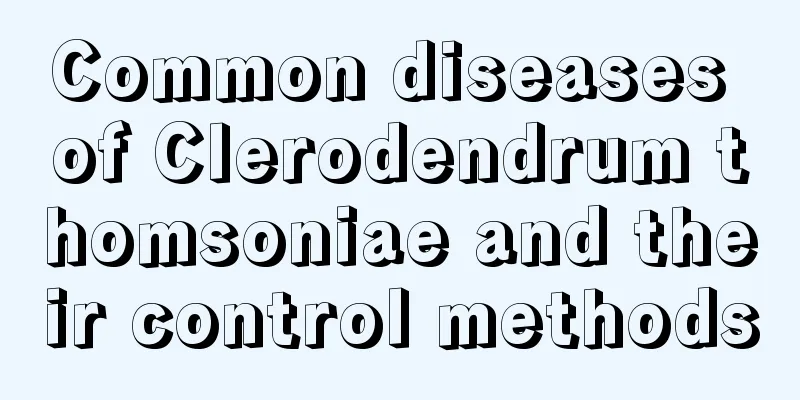How to prune the elmleaf plum

Method of pruning the main branches of Prunus armeniacaThe most commonly used tree shape of Prunus armeniaca in gardens is the "natural open heart shape". After the grafted plum is successful, wait until the seedling grows to more than 1 meter and then cut it off at about 65 centimeters. During the second growing season, select the first main branch to be retained about 45 cm from the ground, select the second main branch to be retained about 10 cm above it, and select the third main branch 10 cm above the second main branch. These three main branches should be evenly distributed in different directions, with a distribution angle of approximately 120°, and the opening angle should be 45°. When pruning in the winter of the second year, the three main branches can be pruned back to one-third of the branch length. When pruning, pay attention to the balance of the crown. Strong branches should be pruned lightly, weak branches should be pruned heavily, and outer buds should be left below the cut. Method of pruning the side branches of Prunus armeniacaAfter the three main branches are selected, a small part of the remaining branches can be retained as auxiliary branches, and the rest can be thinned out. In the spring of the third year of pruning, the new branches of the extension branches adjacent to the new main branches should be thinned out in time, and some strong branches should be retained. When pruning in winter, some side branches should be retained. The directions of these side branches should be consistent, either all clockwise or all counterclockwise, and no cross branches should be produced. The retained side branches should be appropriately pruned and gradually cultivated into flowering branch groups. The spacing between flowering branch groups on the main trunk should be no less than 30 cm. Precautions for pruning and shaping of elmleaf plumDuring the culture of flower branch groups, attention should be paid to the combination of medium and long branches and short branches, so as to maximize the growth of flower buds. After the basic cultivation of the crown is formed, pruning is mainly divided into summer pruning and winter pruning. Summer pruning is generally carried out in June after the flowers have faded. It is mainly to pinch the branches that are too long and to shorten the branches that have bloomed, leaving only 3 or 4 buds at the base to allow the newly sprouted branches to be close. |
<<: Water and fertilizer management techniques for Prunus mume
Recommend
Can I grow a mango tree at home?
Can I grow a mango tree at home? Generally, mango...
Can Polygonatum be grown indoors?
Can Polygonatum be grown indoors? If Polygonatum ...
When is the best time to prune asparagus fern?
The role of asparagus fern pruning If you keep as...
How to care for amaryllis flowers so they bloom every year
Amaryllis growing conditions The optimal growth t...
How to care for Margarite flowers in winter
Is the Margarite flower afraid of cold? Margaret ...
Is there any way to save the withered wintersweet leaves? What should I do if all the leaves fall off?
1. Is it possible to save the withered leaves? If...
The best planting time and cycle for soybeans. When is the best time to plant?
Soybean planting time The planting time of soybea...
How to grow catnip so that it will bloom rapidly?
As a member of the herb family, in recent years, ...
How to grow Anthurium in winter
1. Temperature For the cold winter, the most impo...
How to grow roses
1. Potting soil To grow roses, you need to provid...
What is the flower language of osmanthus?
1. Its flower language Different regions have dif...
The growth environment and local conditions of Polygonatum sibiricum
Polygonatum sibiricum growth environment and cond...
What to do if potted pomegranate flowers lose leaves in winter
1. Not moving indoors in time Although pomegranat...
How to water soil-grown copper coin grass
Key points for watering soil-grown copper coin gr...
How long does it take to grow ginger?
1. Planting method 1. Duration: This type of plan...









